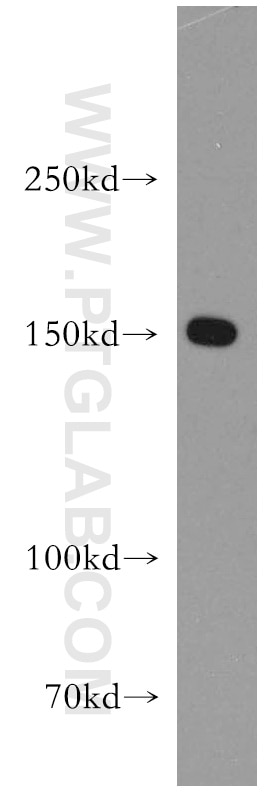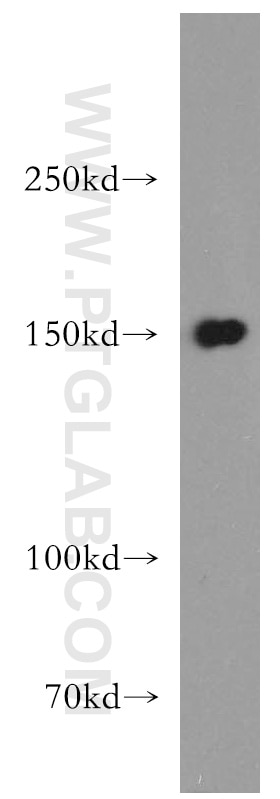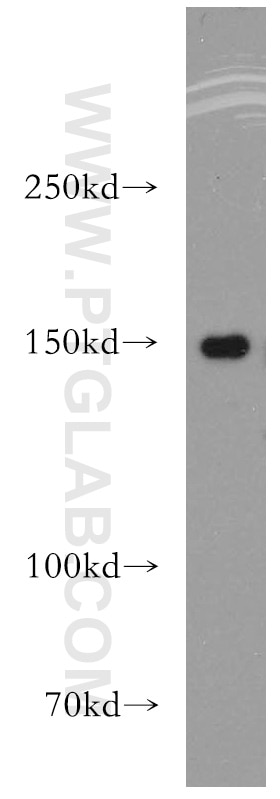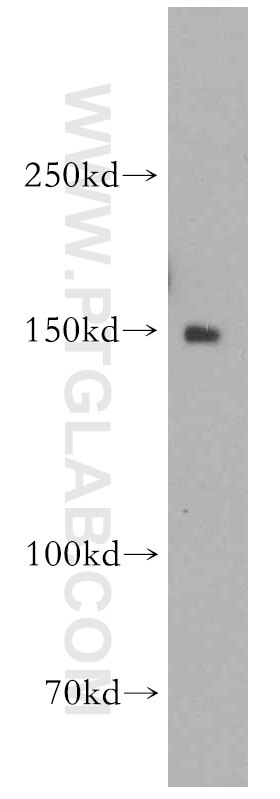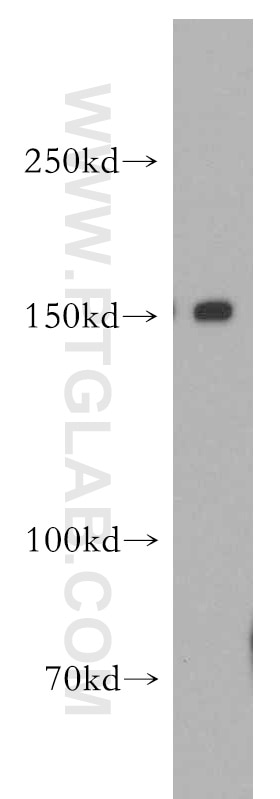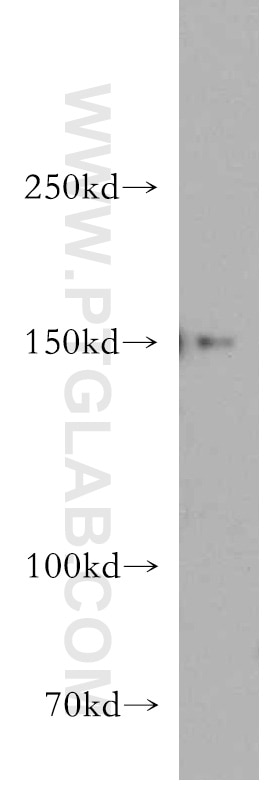Anticorps Polyclonal de lapin anti-DHX29
DHX29 Polyclonal Antibody for WB, ELISA
Hôte / Isotype
Lapin / IgG
Réactivité testée
Humain, rat, souris
Applications
WB, ELISA
Conjugaison
Non conjugué
N° de cat : 13923-1-AP
Synonymes
Galerie de données de validation
Applications testées
| Résultats positifs en WB | cellules HEK-293, cellules HepG2, cellules HT-1080, cellules K-562, cellules MCF-7, cellules PC-3 |
Dilution recommandée
| Application | Dilution |
|---|---|
| Western Blot (WB) | WB : 1:500-1:3000 |
| It is recommended that this reagent should be titrated in each testing system to obtain optimal results. | |
| Sample-dependent, check data in validation data gallery | |
Informations sur le produit
13923-1-AP cible DHX29 dans les applications de WB, ELISA et montre une réactivité avec des échantillons Humain, rat, souris
| Réactivité | Humain, rat, souris |
| Hôte / Isotype | Lapin / IgG |
| Clonalité | Polyclonal |
| Type | Anticorps |
| Immunogène | DHX29 Protéine recombinante Ag4938 |
| Nom complet | DEAH (Asp-Glu-Ala-His) box polypeptide 29 |
| Masse moléculaire calculée | 155 kDa |
| Poids moléculaire observé | 150-155 kDa |
| Numéro d’acquisition GenBank | BC056219 |
| Symbole du gène | DHX29 |
| Identification du gène (NCBI) | 54505 |
| Conjugaison | Non conjugué |
| Forme | Liquide |
| Méthode de purification | Purification par affinité contre l'antigène |
| Tampon de stockage | PBS avec azoture de sodium à 0,02 % et glycérol à 50 % pH 7,3 |
| Conditions de stockage | Stocker à -20°C. Stable pendant un an après l'expédition. L'aliquotage n'est pas nécessaire pour le stockage à -20oC Les 20ul contiennent 0,1% de BSA. |
Protocole
| Product Specific Protocols | |
|---|---|
| WB protocol for DHX29 antibody 13923-1-AP | Download protocol |
| Standard Protocols | |
|---|---|
| Click here to view our Standard Protocols |
Avis
The reviews below have been submitted by verified Proteintech customers who received an incentive forproviding their feedback.
FH Lilas (Verified Customer) (06-29-2021) | Used antibody at a 1:1000 dilution in 5% BSA, and overnight incubation at 4 degrees. A very sharp band detected at around 155 kDA using western blot.
|
